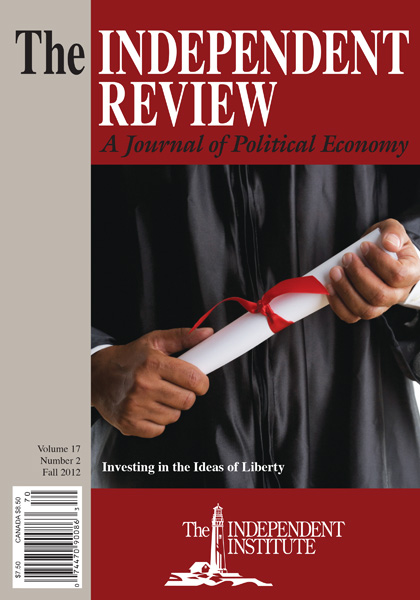Until the 1950s, accreditation for the purpose of standardization and quality control was done without the federal government’s involvement and with little other regulation by the states. But with the growth of federal dollars going to higher education, accreditation has become a complex public-private system of federal, state, and private regulation that fails to meet the growing public demand for accountability, transparency, and quality.
Article
In recent public debates regarding higher education, considerable attention has been paid to the general accreditation of higher-education institutions. In 2006, for example, the so-called Spellings Commission issued a report that calls for significant changes in accreditation:
Accreditation, the large and complex public–private system of federal, state and private regulators, has significant shortcomings. Accreditation agencies play a gatekeeper role in determining the eligibility of institutions and programs to receive federal and state grants and loans. However, despite increased attention by accreditors to learning assessments, they continue to play largely an internal role. Accreditation reviews are typically kept private, and those that are made public still focus on process reviews more than bottom-line results for learning or costs. The growing public demand for increased accountability, quality and transparency coupled with the changing structure and globalization of higher education requires a transformation of accreditation. (U.S. Department of Education 2006, 15)
| Other Independent Review articles by Joshua C. Hall | |
| Winter 2022/23 | The Future of Higher Education: Prerequisites for Success |
| Spring 2009 | Prohibitions |
| Spring 2002 | For-Profit Schools Are Making a Comeback |










